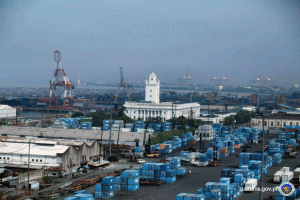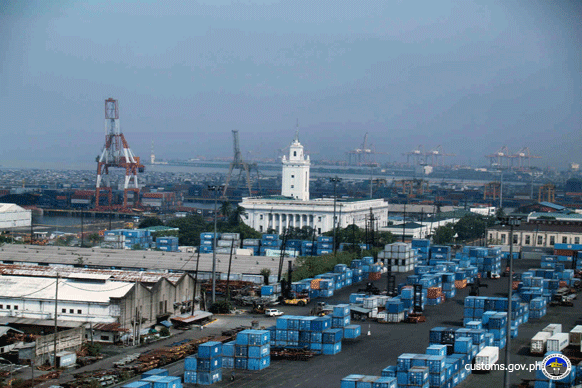
The Bureau of Customs (BOC) is implementing an automated procedure that prevents cases of transhipped cargoes missing in transit.
In a chance interview with PortCalls, Atty. Agaton Teodoro Uvero, deputy commissioner for the Assessment and Operations Coordinating Group, said the procedure, though not foolproof, will “ensure transhipped goods arrive at their destination.” He noted the plan dovetails with the agency’s drive to automate all transactions.
Customs Memorandum Order No. 07-2015, which takes effect on March 16, mandates that the deputy collector for operations (or his equivalent) at the port of destination of the transhipment cargo must tag the entry of this cargo in the agency’s electronic-to-mobile (e2m) system.
BOC said this must be done within the same day of cargo arrival, or if the cargo arrives outside of normal office hours, within the next business day after its arrival.
For port-to-port transhipments, entries must be filed at the port of destination within 30 days of the filing of the transhipment entry at the port of discharge. Failure to do so will be grounds for abandonment of the cargo, per Section 1801 of the Tariff and Customs Code of the Philippines, the memorandum states.
The deputy collector for operations is also responsible for verifying whether all cargoes transhipped from the port of discharge has been tagged as “arrived” in the e2m system in the allowed period except when the distance from the port of discharge to the port of destination warrants a longer period, but not exceeding five days.
The deputy collector for operations should also ensure duties and taxes are paid “for all cargo for which even a part of the shipment has not arrived at the port of destination” within the period set by BOC.
For transhipments of more than one container, the deputy collectors for operation at the port of discharge and port of destination will manually monitor the departure and arrival “until such time that all containers of the transshipment have arrived at the port of destination, and entire entry is tagged ‘arrived’ in e2m.”
BOC has created a format for monitoring transhipments that the deputy collector for operations must always maintain.
The deputy collectors for operations at the port of discharge and port of destination may delegate their powers and responsibilities under CMO 07-2015 to BOC staff under their supervision. If there is no deputy collector for operations at a port, sub-port, Philippine Economic Zone Authority zone, or Freeport, the district collector or sub-port collector may designate a staff to fulfil these responsibilities. – Roumina Pablo





